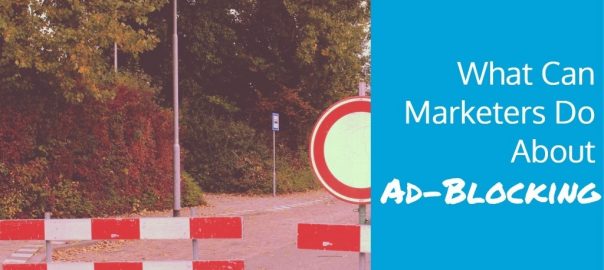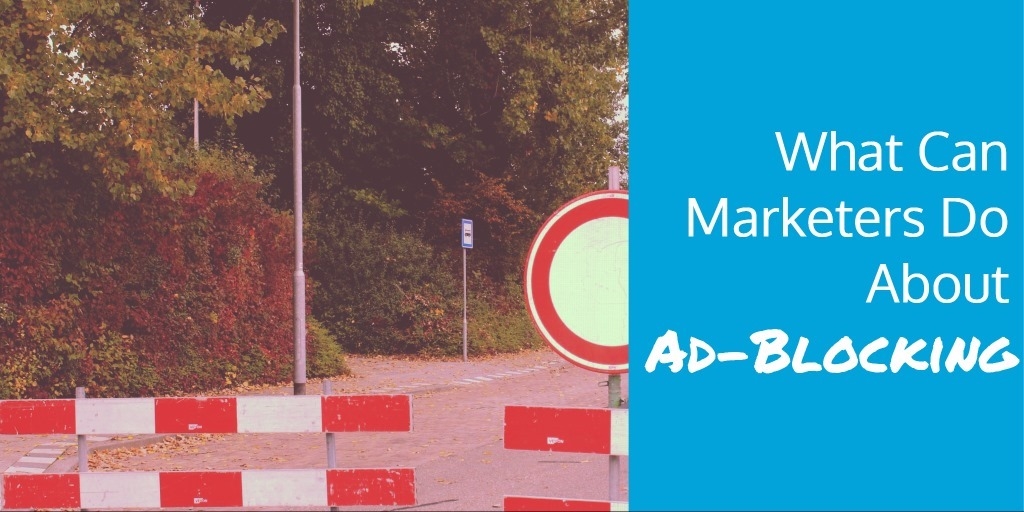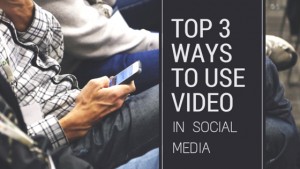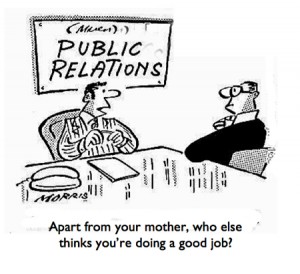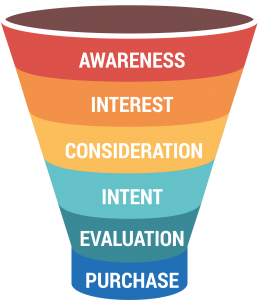By Liz Farquhar August 30th, 2017
Ad viewability is a major concern for marketers and advertisers. And between ad-blocking and flawed viewability standards (which seemingly get harder to enforce by the day) there is plenty to be concerned about.
In addition to worrying about programmatic ad placements, marketers are also up against click fraud issues, which is already costing advertisers millions of dollars a year. Just recently, Procter & Gamble (P&G) cut back spending by $140 million due to concerns over where its ads were showing up online – that is, when they were getting past ad-blockers.
However, despite the increased focus on ad viewability in the industry, ad-blockers are still the top concern reported by brand marketers. While view-throughs and fraud are still growing issues, ad-blocking is a top challenge for advertisers because they are constantly losing more visibility to online audiences.
Between 2015-2016, global usage of ad-blocking technology increased 41%, costing publishers an estimated $22 billion. In 2016, ad-blocker usage increased by 30%, with ad-blocking estimated to cost publishers more than $27 billion by the year 2020.
So, considering all of these factors, it’s easy to understand why ad-blocking is such a concern. The big challenge that marketers need to figure out (much sooner than later) is what can be done to combat ad-blockers and regain audience attention, not to mention their trust.
Rethinking Ad Experiences Online
According to a new report, 54% of ad-blocker users increased their usage due to ad overload, with too many ads being annoying or irrelevant. This data should come as no surprise, since one of the biggest reasons why ad-blocking came about in the first place was because advertisers and publishers pushed the limits of banner ad:content ratios and disruptive advertising on the internet.
So, if you are open to trying some new ways to counteract ad blocking (and you should be), maybe try one of these three alternatives to the disruptive experiences that landed all of us in this hot water in the first place.
1. Interactive Ads
Even working in this industry and knowing what I know, I get frustrated with digital ads. For instance, I will always choose a “30-second interactive experience” over a standard 4-5 minute commercial break when watching videos online.
In my opinion, interactive ads are one of the most interesting new trends emerging among online advertisers. Personally, I’m far more willing to engage with these experiences, especially as an alternative to five minutes of commercials.
Another great benefit of interactive ads is that I have found that I retain most of the information. Of course, this could just be me, but considering that there are plenty of studies that back up this claim, I don’t think I’m any exception to any rule.
2. Native Ads Or Branded Content Experiences
If interactive ads aren’t up your alley, then it’s worth considering native advertising or branded content instead. When done well, these experiences engage target audiences by offering relevant and useful content instead of basic sales messaging. Of course, as we all hopefully know by now, high quality content is one of the most effective ways to engage and convert target audiences, so it’s easy to see why this strategy pays off for advertisers and publishers in a world dominated by ad-blockers.
3. Influencer Marketing
Most recently, influencer marketing has become a big hit in the industry. By partnering with influencers on Instagram and YouTube, brands have experienced significant gains in online visibility, audience trust and sales revenue.
With this type of advertising it is important to choose the right influencer, namely, one who your audience trusts and aligns well with your brand values. If you try to force a relationship with an influencer simply because they have a large following, it will have the same effect as a terrible pop up ad with the audience you’re trying to reach. Worse yet, you may target the wrong audience all together and spend a lot of money with no measurable return.
Key Takeaways
Whether you decide to try one of these three tactics or do something completely different, just do something. Online users have more resources than ever before to block and ignore messages from advertisers. You only hurt your brand if you keep forcing your sales pitch on audiences when they clearly aren’t interested.
You will see much higher returns in the long run if you listen to what your audiences want. Maybe try to meet them in the middle with messages and experiences that resonate or add even a little value to their day. They will reward you with their attention, their business, and ideally, their loyalty, while you stop wasting money on ineffective digital advertising.
* Adapted lead image: Public Domain, pixabay.com via getstencil.com
About the Author: Liz Farquhar
The post What Can Marketers Do About Ad-Blocking? appeared first on Search Engine People Blog.
(60)
